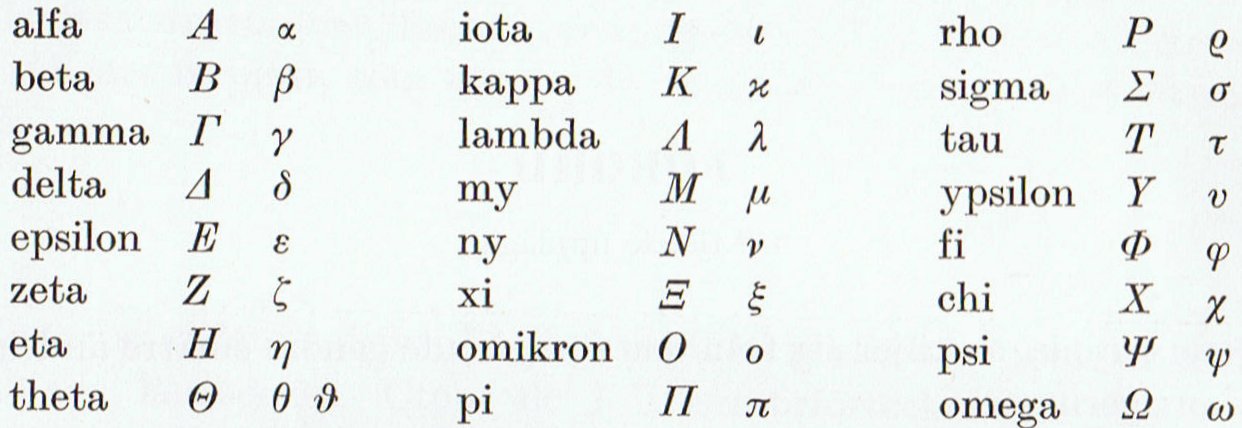|
TRANSLATIONS
If a 'salmon' swallows 'hazel-nuts' at winter solstice, the bright stars appear on its body as a result. ... Tane requested his brother Kewa to go to Maunga-nui and fetch the Sun, Moon, and stars. Kewa inquired, 'Who above on Maunga-nui is in charge of that family?' Tane replied: 'They are with Whiro-taringa-waru, Tongatonga (Deep Darkness; Milky Way), Tawhiri-rangi (Sky-sweep; God of Winds) and Te Ikaroa (Long Fish; part of the Milky Way, probably the dark rift), suspended within the house called Rangi-tukia (Occupied Sky) ... On a more earthly plane a salmon who has been well fed will at its other end produce roe. roe1 ... small species of deer ... OE. rā, earlier rāa, rāha (also rāhdēor roe-deer) = OS., OHG. rēho (Du. ree, G. reh), ON. rá ... CGerm. (excl. Goth.) *raiχ- perh. rel. to Lith. and Oir. words meaning 'variegated, spotted' ... roe2 ... milt or spawn of a fish ... (English Etymology) I suspect the 'Salmon' is equal to the dark rift in the Milky Way, Te Ikaroa. It is reasonable to assume the dark phase of a cycle to be followed by an infant phase of light, 'roe'. I associate to the little Greek letter rho, which resembles a tadpole ('a toad that is all head'):
Beyond the 'door' (Π) appropriately rho (ρ) is drawn as a smaller variant of omikron (Ο), at which point 'full moon' is visualized (number 15 from alfa).Koro (in Ko Koro) is located at midsummer, and in Ka5-4 the unblemished 'full sun', 'omikron (Ο)', ought to have been used. Yet the creator of the text decided to refer to the sun rolling away, 'fi (Φ)', i.e. to hua poporo: There are 24 letters, divided in 3 groups with 8 in each. The first group ends with another full cycle sign, theta (Θ). The second group ends with π of course, because 2π is needed to complete a full circle. Number 20 + 1 is φ (a number similar to π) appropriately also drawn as a full cycle (Φ). From Θ to Φ we count 13 and from Θ to Ο we count 7. I think we should count long instead, which would give 8 from Θ up to and including Ο and 14 from Θ up to and including Φ. 24 - 14 = 10, which is divided in 2 parts (as is to be expected for the 'night') - 3 up to 'midnight' and 7 beyond midnight. Omega (Ω) illustrates the cycle which is completed at 'midnight'. We can also see the bridge (little jump) needed to cross the dark waters between the years. Counting long from Θ up to and including Ω we reach 17. Koro (in Ko Koro) is located at midsummer, and in Ka5-4 the unblemished 'full sun', 'omikron (Ο)', ought to have been used. Yet the creator of the text decided to refer to the sun rolling away, 'fi (Φ)', i.e. to hua poporo. The wheel implies rolling away. In Polynesia you did not take your car (kuruma, Japanese for two-wheeled vehicle), you took your canoe. The sense in hua poporo therefore is 'to move away by canoe'. The 4 'berries' occupy the positions of the 2 wheels. When hua poporo has only 3 berries, it is equal to a wheel not moving as it should:
In Ka5-4 the 'head' is a separate entity, it is though not yet severed from the 'body'. At winter solstice and at summer solstice we will have roe respectively fruits, ko ro:
At winter solstice milk is needed for the newborn baby, at summer solstice another kind of 'milk' is used in order to create next generation. For fishes to create a new generation milt is needed: milt ... A. spleen in mammals ... B. (perh. from Du.) soft roe ... OE. milte and milt ... CGerm. (excl. Gothic) *miltjaz, *miltjōn, perh. rel. to meltan melt ... The earlier name for male fish roe was milk ... G. milch, Sw. mjölke ... the resemblance to which may have assisted the transference of meaning ... (English Etymology) I imagine 'million' is a word related to 'milt' (though I cannot find any confirmation in English Etymology). 'Zenith' and 'nadir' should have similar meanings:
...The king went into his house and laid down. The first child of King A Matua, Tuu Maheke, came and went into the house. He came and kissed his father on the cheek. King Hotu A Matua asked, 'Who are you?' The royal child replied, 'It is I, the royal child, Tuu Maheke'. King Hotu A Matua said, 'Ah, I wish you luck, oh King, for your sand, very fine sand, fleas [in the sand]! ... ... and the third, Tuu Rano Kao, entered and kissed (his father). A Matua spoke: 'I wish you luck for your pebbles of Hanga Te Pau, for your (crater) Rano Kau!' That was all, and he went out ... The reason for using hua poporo ('sun moving away') at midsummer (the time of 'pebbles') may have been to allude to Tuu Rano Kao. Another reason may have been to allude to the old man (waxing sun) who must leave:
Korohua and Ko Koro certainly must be related in our minds. The feast (koro) for the old man (korohua) who recently died is the reason for naming the month Ko Koro. Possibly the hua poporo (hua at left instead of at right in korohua) type of glyph was used as an obvious sign for the 'skull' of the 'dead man':
I have convinced myself, but what can I write in the glyph dictionary? |


